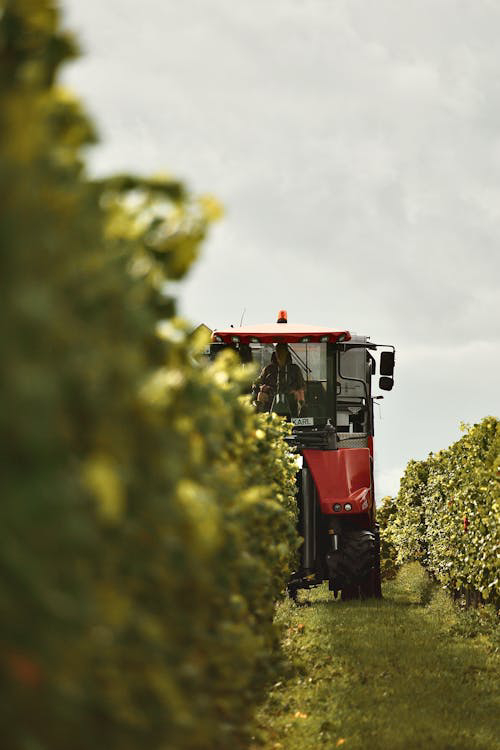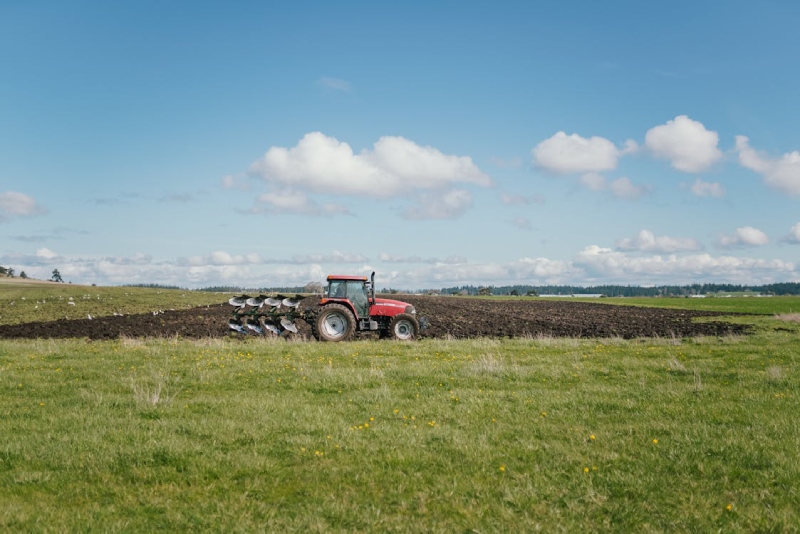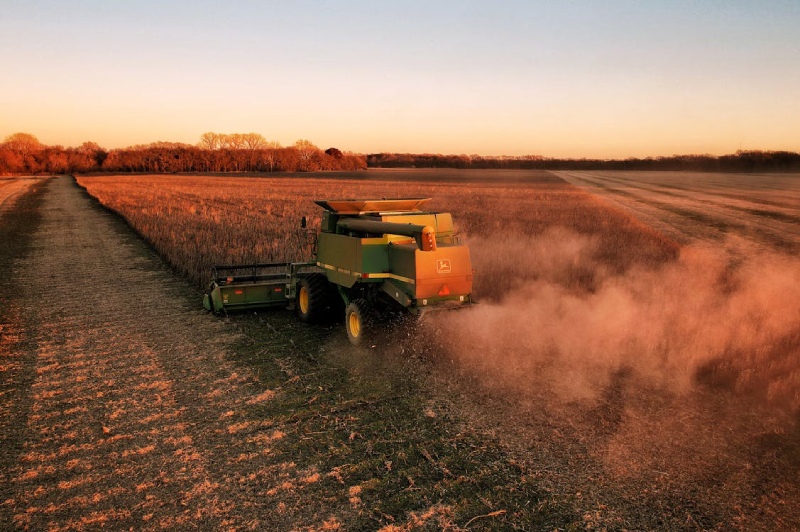Regenerative agriculture is a rapidly growing movement that promises to revolutionize the way we grow food. This approach focuses on improving soil health, fostering biodiversity, and enhancing ecosystem services. But is it all sunshine and roses? Let’s take a balanced look at the potential of regenerative agriculture, exploring both its exciting benefits and the challenges that need to be addressed.
The Benefits of Regenerative Agriculture
Regenerative agriculture offers a multitude of advantages:
- Improved Soil Health – by minimizing tillage and incorporating practices like cover cropping and compost application, regenerative methods can increase organic matter content in the soil. Healthy soil holds more water, reducing irrigation needs by up to 30%. It also sequesters carbon dioxide, a key greenhouse gas, at a rate of up to 1 ton per acre per year.
- Enhanced Biodiversity – regenerative practices promote a thriving ecosystem by encouraging a wider variety of plants and insects. This biodiversity fosters natural pest control, reducing reliance on harmful pesticides.

Real-world Examples
Regenerative agriculture is already making a difference around the globe. For example, Gabe Brown, a farmer in North Dakota, has successfully regenerated his drought-stricken land using cover cropping and no-till methods. His soil health has improved dramatically, leading to increased water retention and higher crop yields. In Brazil, large-scale farms are implementing regenerative practices to restore degraded rainforests, proving that this approach can be effective on a commercial level.
Challenges and Limitations
While the potential of regenerative agriculture is undeniable, there are challenges to consider:
- Transition Costs – shifting to regenerative practices often requires an initial investment in new equipment and adapting farming techniques. This can be a hurdle for smaller farms with limited financial resources.
- Long-term Planning – regenerative agriculture is a long-term game. It may take several years to see the full benefits of improved soil health reflected in crop yields. Farmers need strong market support and financial incentives to persevere through this transition period.

The Future of Regenerative Agriculture
Despite the challenges, the future of regenerative agriculture looks promising. Consumer demand for sustainable and healthy food is growing, creating a market for produce grown using regenerative methods. Research into regenerative practices is ongoing, with scientists developing innovative techniques to improve efficiency and profitability.
Conclusions
Regenerative agriculture offers a compelling approach to food production that benefits both the environment and human health. While there are hurdles to overcome, the potential rewards are significant. By investing in research, creating supportive market mechanisms, and providing financial assistance to farmers, we can unlock the full potential of regenerative agriculture and build a more sustainable food system for the future.





